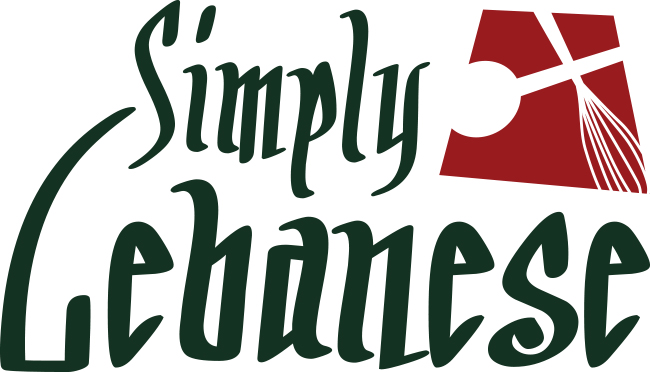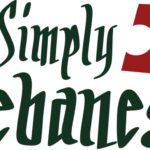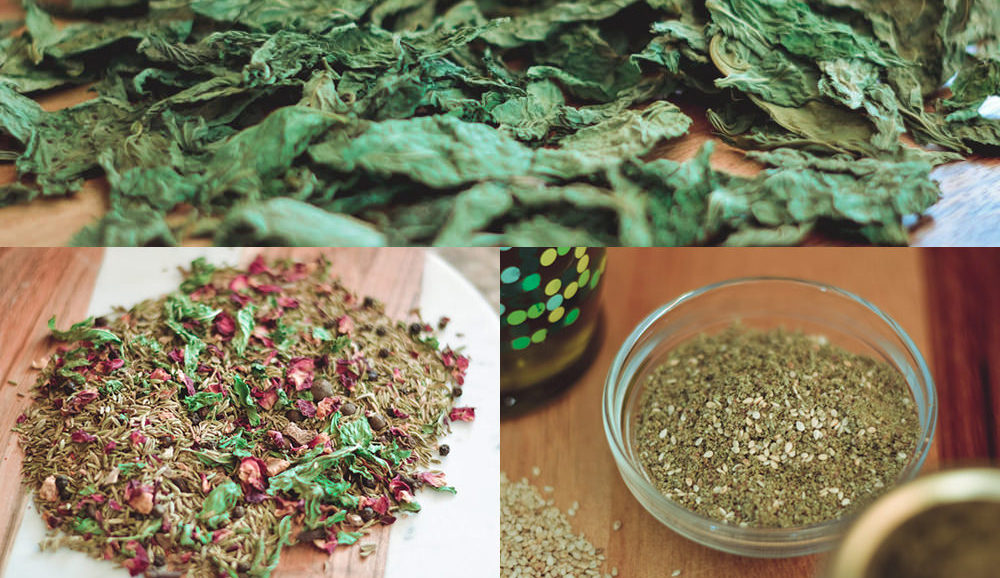Lebanon holds a very dear place in my heart.
While I was born and raised in Boston, MA, I have been visiting Lebanon with my family since I was a little girl. We would go every few years, and spend the entire summer there, getting connected to my extended family and ancestral homeland. Those summers are filled with wonderful memories spent with my grandparents, aunts, uncles and more cousins than I can count. My memories of my time over there revolve around two major things; family and food. Memories like plucking fresh figs with my cousins from the trees at my grandparent’s house, or big family barbeques out on the river with variety of meat kabobs. For me, family and food were always intertwined in our travels and activities there and as such, were a big part of why I connected to that country.
There are a few Lebanese pantry staples that are either difficult to find here locally or the quality just doesn’t compare. Some of those are Mlokheye, Za’atar, Lebanese coffee, Makhlouta (Mixed nuts), Sumac and many other spices. As such, it makes sense to try and bring back the best versions I can find to use in my cooking.
One necessity in a Lebanese pantry is Mlokheye leaves. Mlokheye, which translates to Jews Mellow or Jute leaves, is a green vegetable used in a very popular dish (also called “Mlokheye”) mostly in Lebanon and Egypt. I bought the dried version, from a family friend in the village. She grows them right outside her home, then dries them in the hot sun for a few days. My mother-in-law packaged them for me in a vacuum sealed bag and told me to store them in my freezer when I get home. They can be stored at room temperature for a few months as well, they just keep for longer in the freezer.
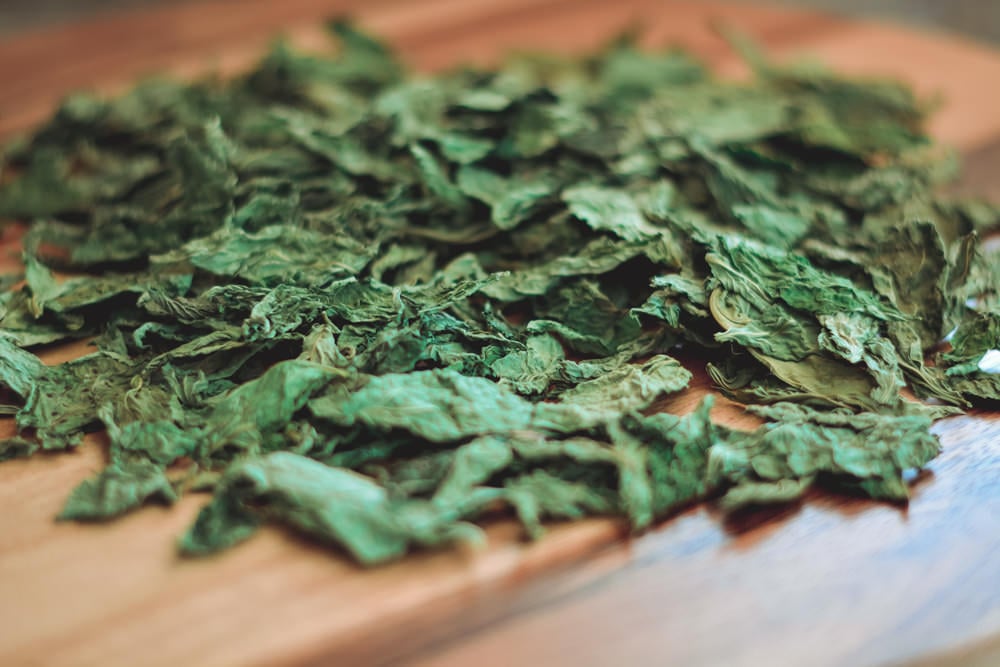
My last trip to Lebanon in 2015, I stocked up on every spice I could possibly need- from the often used 7 spices blend, cumin, sumac, dried mint, turmeric, chicken and beef shawarma spices, and much more. Therefore, I was still well stocked in the spice department from my last trip and only bought a few that needed replenishment. Za’atar was one spice blend that I was almost out of at home so I had to get. Za’atar is a spice blend used on a flatbread known as a Manoushe. The spices in it are dried oregano, sumac, salt, and toasted sesame seeds. While you can find Za’atar in specialty store in the states, they do not tend to be as fresh and are lacking in the traditional flavors. This is because they are usually filled with lots of filler (like ground wheat/peanut or coriander, citric acid instead of sumac, etc.), as well as do not have the right spice ratio (too much sesame seeds to fill up weight).
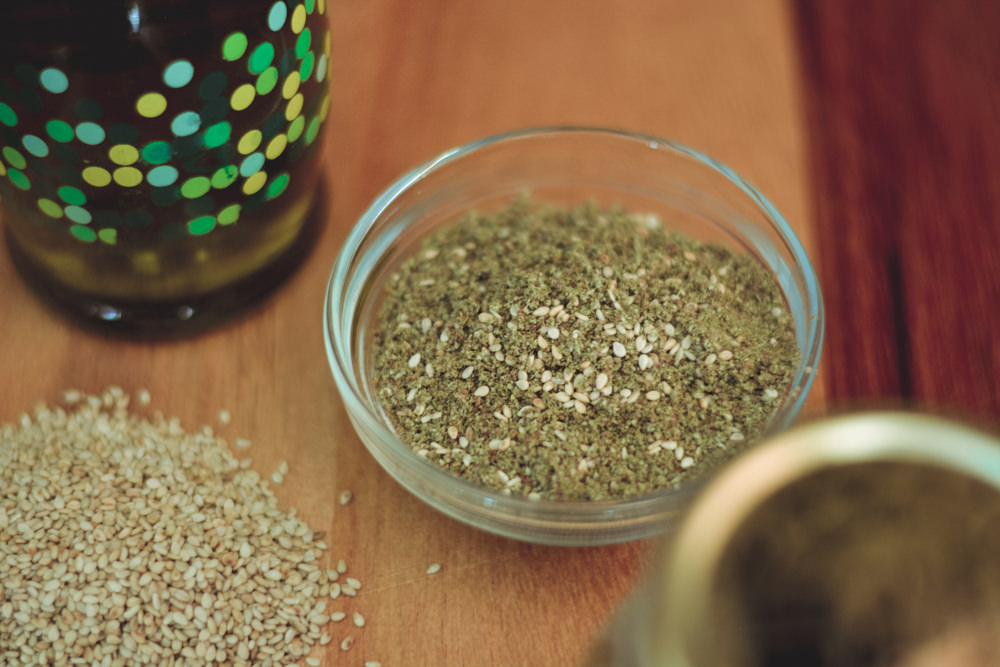
The za’atar my aunt got for me was from and older woman in my mother’s village of Hanaway who grows the herbs and makes the blend herself from scratch. She dries the fresh Middle-Eastern oregano, as well as the sumac, which is also manually crushed to a fine powder. She then mixes with it the remaining spices which she buys locally, with the exception of the toasted sesame seeds, which she left for me to add in to my liking. The aroma of this locally produced za’tar is unlike any mass manufactured kind you’ll find at a Middle-Eastern grocer in the States.
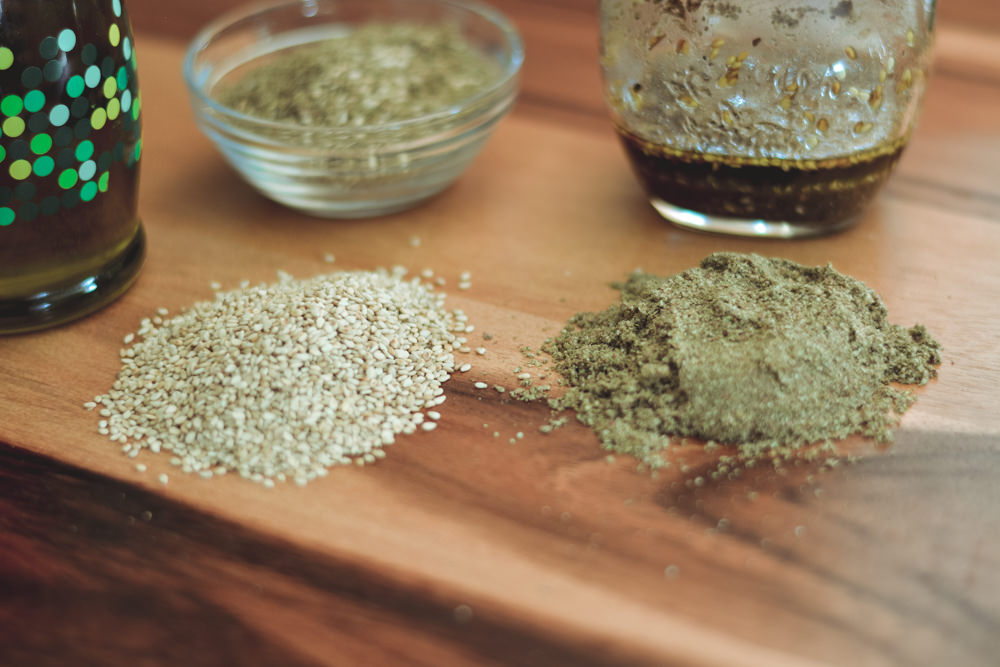
Another spice I stocked up on is Kammouneh spice blend. It is a mix of different spices, dried herbs, cloves, red chili peppers, and damask rose petals. I also bought these from someone in the village. I bought them whole, so I will have to grind them up myself, but the spice mix will be fresher each use that way. Kammouneh is used in the iconic Kibbeh (both the raw and cooked version) as well as kammounet Banadoura (or Tomato kibbeh) and kammounet batata (or potato kibbeh).
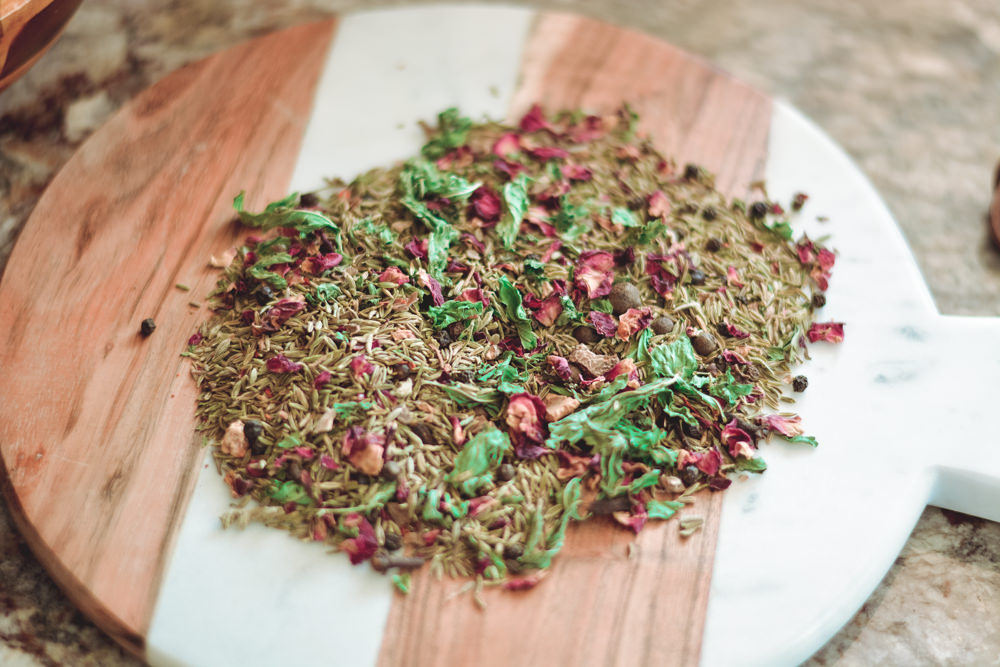
One pantry item that I love but rarely find in the states, is Keshek. Upon hearing how much I like it, one of my Aunts made some herself and gave me about a kilogram fresh to bring back with me. Keshek is a traditional villagers’ food made by rubbing course bulgur and milk together and left to ferment under the sun for a few days. It is then ground into a fine powder. The powder is used to make a breakfast porridge or mixed with tomatoes and few other ingredients and placed on a manoushe (flatbread), similar to za’atar, for breakfast. The dried powder is a wonderful pantry item as it last for up to a year in the freezer.
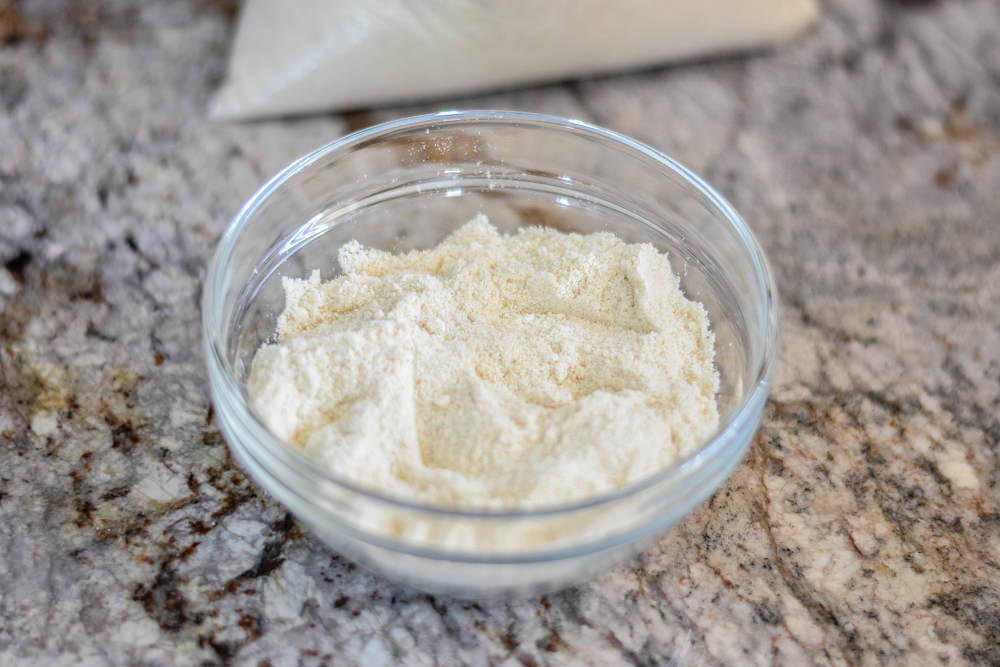
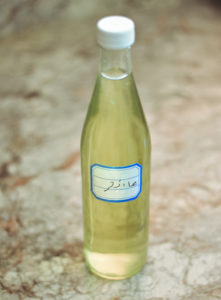
Lastly, one pantry essential I also bought abroad, is actually something that is very commonly found here at any Middle-Eastern grocer. This is Orange blossom water which is the essence of orange blossoms, distilled in water. I have a bottle of both orange blossom and Rose Water at home (both Cortas brand) but my aunt gave my mother two freshly distilled bottles, so my mom gave me one! Again, the fresh distilled tends to be strong in both scent and flavor as well as fresher tasting. As many Lebanese desserts call for it like my Rose Water Pudding, this is an item I knew I would have good use for!
Despite having always been annoyed as a child that my mom would find ways to stuff dried mlokeye in cloth bags between my clothes, or spend hours at the airport buying packages of baklava sweets to give as presents, I’ve come to appreciate those things as I’ve gotten older. In fact, as I type this post out, I have also unpacked some baklava from my daughters suitcase to enjoy with some coffee.
